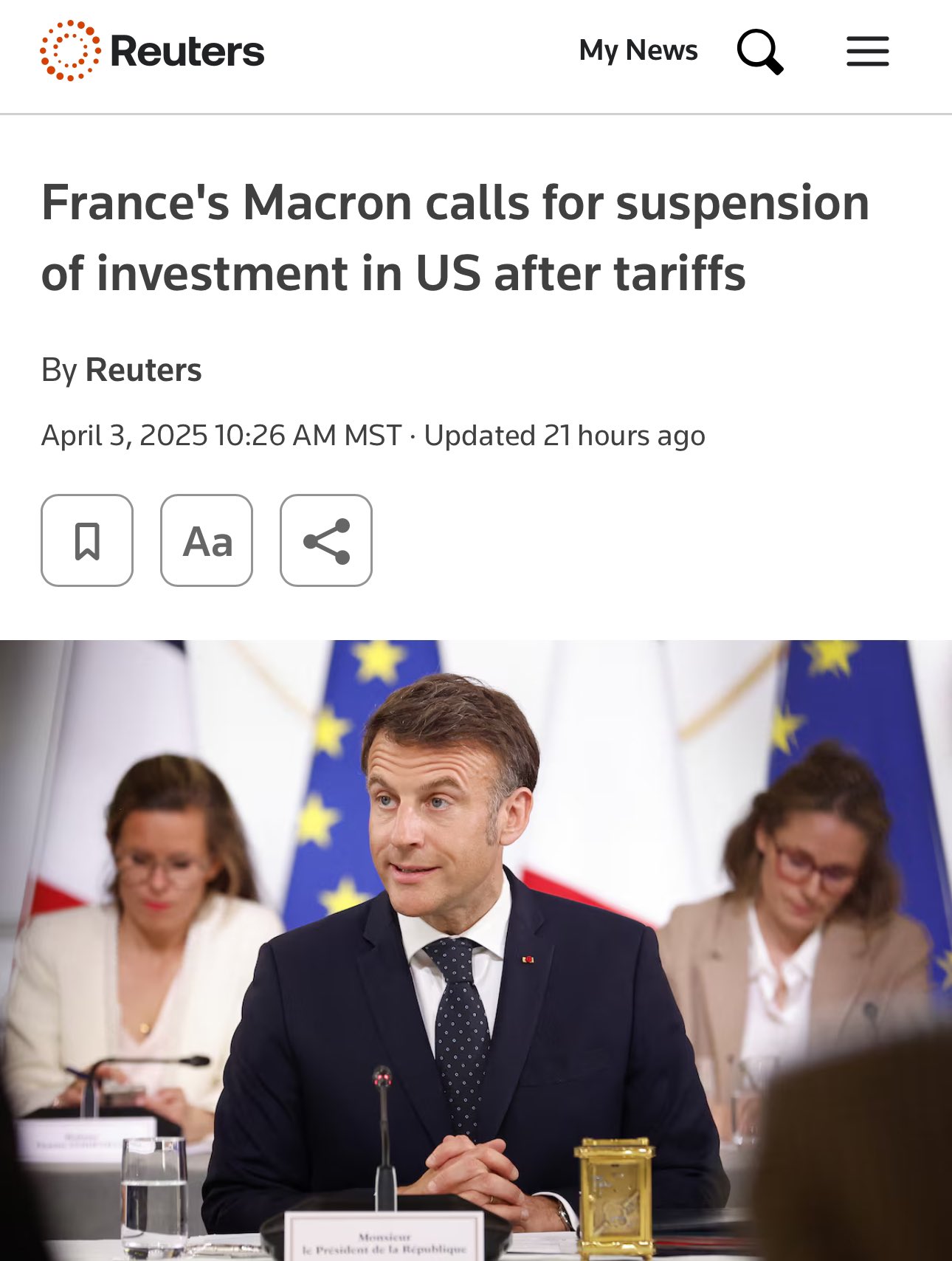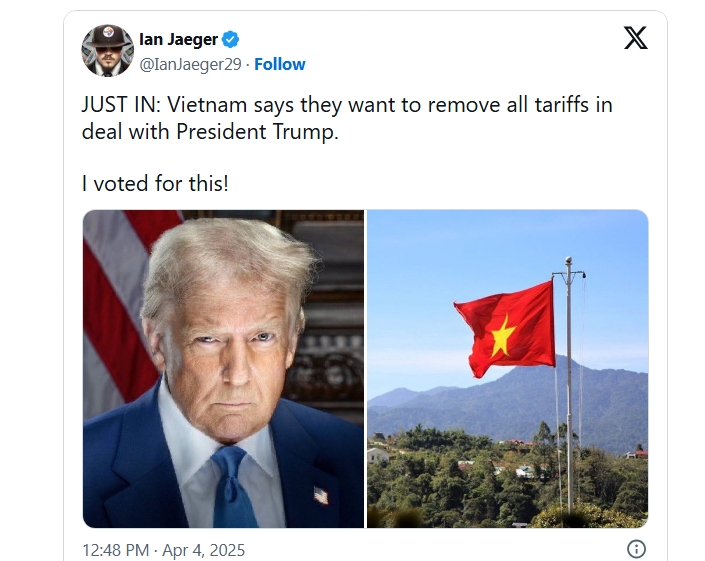https://x.com/wartranslated/status/1908129960385999200
Posted on 02/24/2024 5:59:01 AM PST by SpeedyInTexas
This list only includes destroyed vehicles and equipment of which photo or videographic evidence is available. Therefore, the amount of equipment destroyed is significantly higher than recorded here. Loitering munitions, drones used as unmanned bait, civilian vehicles and derelict equipment are not included in this list. All possible effort has gone into avoiding duplicate entries and discerning the status of equipment between captured or abandoned. Many of the entries listed as 'abandoned' will likely end up captured or destroyed. Similarly, some of the captured equipment might be destroyed if it can't be recovered. When a vehicle is captured and then lost in service with its new owners, it is only added as a loss of the original operator to avoid double listings. When the origin of a piece of equipment can't be established, it's not included in the list. The Soviet flag is used when the equipment in question was produced prior to 1991. This list is constantly updated as additional footage becomes available.
(Excerpt) Read more at oryxspioenkop.com ...
https://x.com/wartranslated/status/1908129960385999200
This is an increase of around 130,000 artillery shells compared to the forecast published in late February, where the MoD stated that it plans to provide 370,000 artillery shells this year and hopes to deliver even more in the end. Just a guess from my side, but I assume that increase represents round about the number of artillery shells included in the €3 billion package for which the funding got approved in March.
According to publicly available information, Germany has already delivered 92,000 artillery shells this year — consisting of 23,000 122mm HE shells and 69,000 155mm HE shells.
https://x.com/deaidua/status/1908154364293783596
https://x.com/Maks_NAFO_FELLA/status/1908125558916931607
“The tariffs are expected to reduce demand for oil”
“Why is that?”
The tariffs are expected to reduce global demand for oil (not oil demand in the USA), as they produce slowdowns in countries that export to the USA, notably China.
That is the expectation of oil market analysts. Those expectations are a factor in why the oil price dropped just recently.
As the Secretary of the Treasury noted, if half of the cars sold in the USA are imported, that won’t change overnight.
Tariffs should effect change, and increase domestic production, but there is some lag time between when the price of the foreign product goes up, and when domestic production rises enough to replace it. So net global oil demand is expected to slow initially, until domestic production activity fills the gap.
❗️According to her, this was assured by Rubio during discussions with European allies on NATO.
https://x.com/Maks_NAFO_FELLA/status/1908092785447645204
Yet more evidence that this Forever Thread is the home of the American Trump Resistance.
https://x.com/bayraktar_1love/status/1908073202653303053
Boom!
https://x.com/bayraktar_1love/status/1908072116429127956
TARIFFS: German Minister of Trade Habeck is calling US tariffs equivalent to Russia’s war on Ukraine and is calling for an equal response from Germany to the US as it has delivered to Putin.
pic.twitter.com/pKFywkaMHw— @amuse (@amuse) April 4, 2025

So inflation pressure is down. Good.

Reporting From Ukraine:
https://www.youtube.com/@RFU/videos
The complete transcript.
—
[ Russian Economy Takes a Massive Hit! Ukrainian Oil Strikes Cause Nearly $100B in Long Term Damages! ]
Today [ Apr 03, 8 pm ], there is important news from the Russian Federation.
Here, Ukrainians achieved a massive success in the total amount of damages done to Russian oil infrastructure over the years. With the energy ceasefire in place, Ukrainians have a clear bargaining chip in their favor, threatening to restart the massive striking campaign if Russia dares to break the ceasefire.
Before the ceasefire, Ukrainian drone strikes inflicted substantial damage on Russia’s energy infrastructure, targeting various Russian oil facilities, such as refineries, oil depots, pumping stations, and ports used for exports.
Many of these targets have been hit multiple times, with the Ryazan oil refinery being struck at least 9 confirmed instances over the last 15 months. According to estimates, up to 15% of Russia’s daily oil-refining capacity has been disrupted, reducing output by up to 900,000 barrels per day.
This reduction has led to an up to 30% surge in domestic fuel prices within Russia by mid-March 2025, prompting the Russian government to implement a 6 month gasoline export ban starting in March to stabilize domestic supply.
The attacks have also caused operational delays and increased repair costs, which are further exacerbated by sanctions that limit access to essential equipment and spare parts.
Military analysts revealed that just over a 6 month period from September 2024 to February 2025, Ukrainian drone and missile strikes resulted in at least US$658,000,000 in damages to Russian energy infrastructure.
During this timeframe, Ukrainian forces destroyed 50 oil storage tanks and another 47 damaged. The most significant single strike occurred on October 7 in Russian-controlled Crimea, where 11 tanks with a total capacity of 69,000 cubic meters were destroyed in Feodosia, causing damage exceeding US$37,500,000 dollars.
If we look back throughout the whole of 2024, Ukrainian forces conducted numerous drone strikes targeting key Russian oil and energy facilities.
In March, attacks were carried out on the oil refineries of Ryazan, Kirishi, Norsi, Syzran, Slavyansk, and Kuibyshev, causing significant fires and operational disruptions.
April saw a strike on the Taneco Refinery, while May featured attacks on the Volgograd Refinery and the Tuapse Oil Refinery. These facilities are integral to Russia’s energy sector, and their impairment has disrupted refining operations, reduced fuel production, and strained logistics within the industry.
With an estimated 15% of Russian refining capabilities destroyed before the ceasefire, this equates to over US$21 billion in missing revenue, as a Ukrainian strike drone only costs a few thousand dollars.
Russian repair efforts are hindered by Western sanctions, which limit access to specialized equipment and technologies necessary for the proper repair of the refineries, as many of them are either partially or entirely built by Western companies.
Consequently, some facilities, such as the Astrakhan refinery hit last February, may take nearly 6 months to repair fully, while others may not fully recover to their previous operational capacities at all.
Various analysts also state that many Russian refineries will not be repaired at all, due to the constant threat of Ukrainian drone strikes, the inability of the Russian military to adequately defend them, and the expectancy that the energy ceasefire will not last.
In the past, Ukrainians often targeted the same refinery multiple times in succession, such as at the Kavkazskaya oil pumping station, where they waited for fires to be extinguished and repairs to be completed before launching a repeat strike that dismantled the facility’s operations once again.
Due to a shortage of skilled labor and Western sanctions on critical components, it is expected to take years for Russia to repair and fully restore its refining capacity to pre-war levels if the war and sanctions persist, resulting in an estimated US$63-105 billion in lost revenue.
Overall, the strategic targeting of Russia’s energy infrastructure by Ukrainian forces serves multiple purposes.
It aims to undermine the Russian war effort by reducing revenues from fuel exports, creating internal pressures within Russia due to rising fuel prices and disruptions to energy supplies, and challenging the narrative of domestic security, while exposing massive vulnerabilities within Russia’s critical infrastructure.
Even though all Ukrainian strikes are currently on pause, the following targets are likely already prepared to quickly strike back if the ceasefire ends.
https://www.youtube.com/watch?v=le1MD_jc1HQ


https://x.com/wartranslated/status/1908155397950611874
BREAKING 🚨:
Norwegian Foreign Minister Espen Barth Eide says the U.S. tariffs may breach NATO Article 2 which states that NATO allies shall avoid economic conflicts
🇺🇸🇳🇴 pic.twitter.com/FR8iKE0Tc4— X Media (@TheTechnXMedia) April 4, 2025


Krivoy Rog
🍈 still not reading the room😂🇺🇸
Disclaimer: Opinions posted on Free Republic are those of the individual posters and do not necessarily represent the opinion of Free Republic or its management. All materials posted herein are protected by copyright law and the exemption for fair use of copyrighted works.